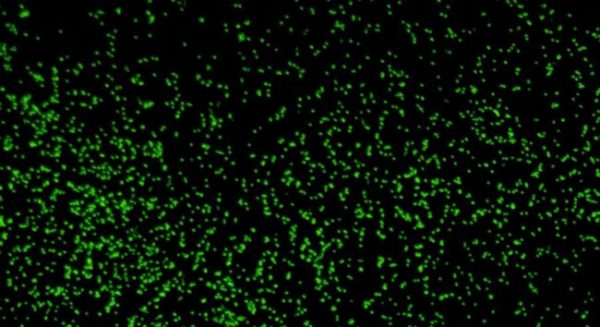Microbes found themselves buried in the dirt 101.5 million years ago, back before even Tyrannosaurus rex when Earth’s biggest meat-eating dinosaur, called Spinosaurus roamed the planet. Time passed, continents shifted, oceans rose and fell, great apes emerged, and eventually human beings evolved with the curiosity and skills to dig up those ancient cells. And now, in a Japanese lab, researchers have brought the single-celled organisms back to life.
Researchers aboard the drill ship JOIDES Resolution collected sediment samples from the bottom of the ocean 10 years ago. The samples came from 328 feet (100 meters) below the 20,000-foot-deep (6,000 m) bottom of the South Pacific Gyre. That’s a region of the Pacific Ocean with very few nutrients and little oxygen available for life to survive on, and the researchers were looking for data on how microbes get along in such a remote part of the world.
“Our main question was whether life could exist in such a nutrient-limited environment or if this was a lifeless zone,” Yuki Morono, a scientist at the Japan Agency for Marine-Earth Science and Technology and lead author of a new paper on the microbes, said in a statement. “And we wanted to know how long the microbes could sustain their life in a near-absence of food.”



